On October 2, we celebrate another Gandhi Jayanthi, which brings Mahatma Gandhi back into our memories. His insights highlight the significance of his life and witness in this land, and anyone who begs for radical democracy in India cannot help but engage with them.
Throughout his life, Gandhi had at least three religious visions. He called for the interdependence of religion and state during the first phase (1910–30), which coincided with the rise of Indian desiyata (nationality). He believed that religious harmony was essential to creating a cohesive defense against colonialism. He contended that rather than coming from the Western idea of citizenship, nationality should be derived from the moral and ethical principles of unity.
During the colonial era in India, Gandhi envisioned moral-ethical unity and saw religion as a useful instrument. Gandhi, however, saw religion as an ethical and moral ideal that constantly shapes and reforms us along the path of fraternity rather than the Western concept of monotheism, which asserts absolute truth. This second vision of religion emerged in 1930-40, which was marked by the emergence of Hindutva and the marginalization of other religions like Islam and Christianity.
Gandhi promoted religion as dharma, or the moral and ethical value of justice, rejecting the process of transforming Hinduism into a contemporary Western religion and the discrimination that followed against other faiths. Gandhi called for the internal reform of religion and appeared hesitant to acknowledge the casteist and patriarchal aspects of Hinduism. For him, the core of religion is dharma (morality), and thus the challenge before the religion is to be ethical in content and practice.
Gandhi formulates the idea of sarva dharma samabhava during this time. The idea of respecting all religions is a Gandhian one. “All religions are equal and all paths lead to the same destination.” It was created within the framework of the communal division that existed between Muslims and Hindus. Sarva dharma samabhava is Gandhi’s foundational idea for picturing a new nation-state, which became the idea of secularism in India. Indian constitutional secularism is founded on this equal treatment of all religions, which is unique and distinctive from the Western notion of scientific secularism that privatizes religion.
However, Gandhi promoted a qualitative division between religion and state in the 1940s, as India faced the horrors of partition and the ensuing violence and bloodshed. Gandhi believed that the state should not be governed by religion and that a secular state that maintained a distinct identity from the dominance of religion was necessary, especially in the context of majoritarian religion in India and Pakistan. Gandhi was prompted to take this action during the rise of religious fundamentalism and communal violence.
Sarva dharma samabhava, the Gandhian concept, opposes all forms of religious syncretism and prohibits the state from establishing a national religion under the guise of secularism. This position enraged the radicals within the Hindutva movement, eventually leading to Gandhi’s assassination.
Sarva dharma samabhava envisions a post-secular India where secularism is rethought as a public culture centered around fraternity and where religions are reclaimed as ethical religions or moral faith traditions. The goal is to reimagine religions as ambiguous, flexible faith communities, and secularism as a polydoxical setting where justice for the oppressed and weak is upheld. To be the beneficiaries of a radical democracy today, we must imagine this postsecularity of everyday life.
Y.T. Vinayaraj
Editor, The New Guardian
Become a member
Get the latest news right in your inbox. We never spam!

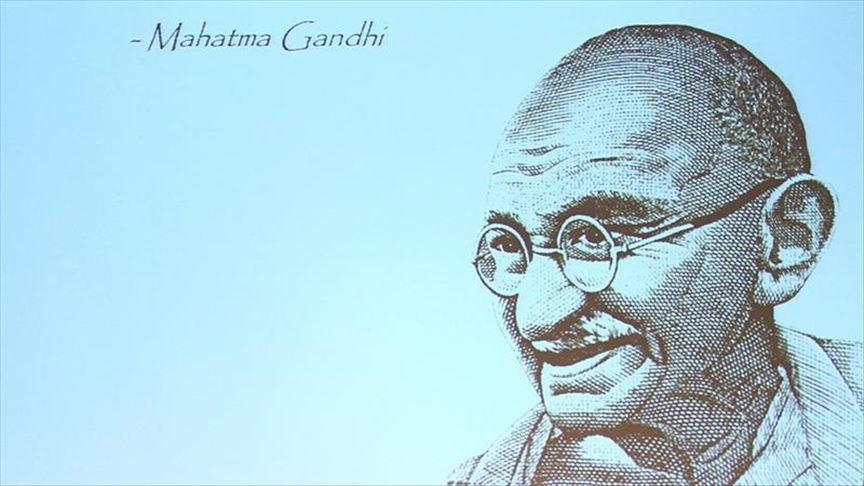

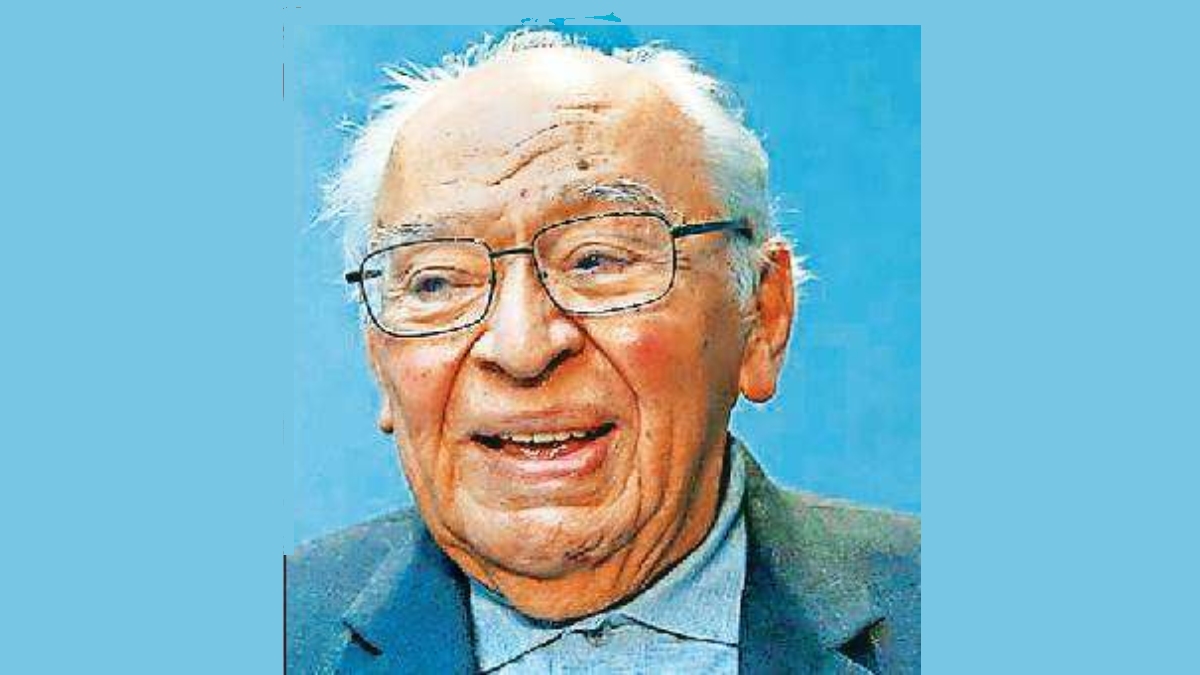
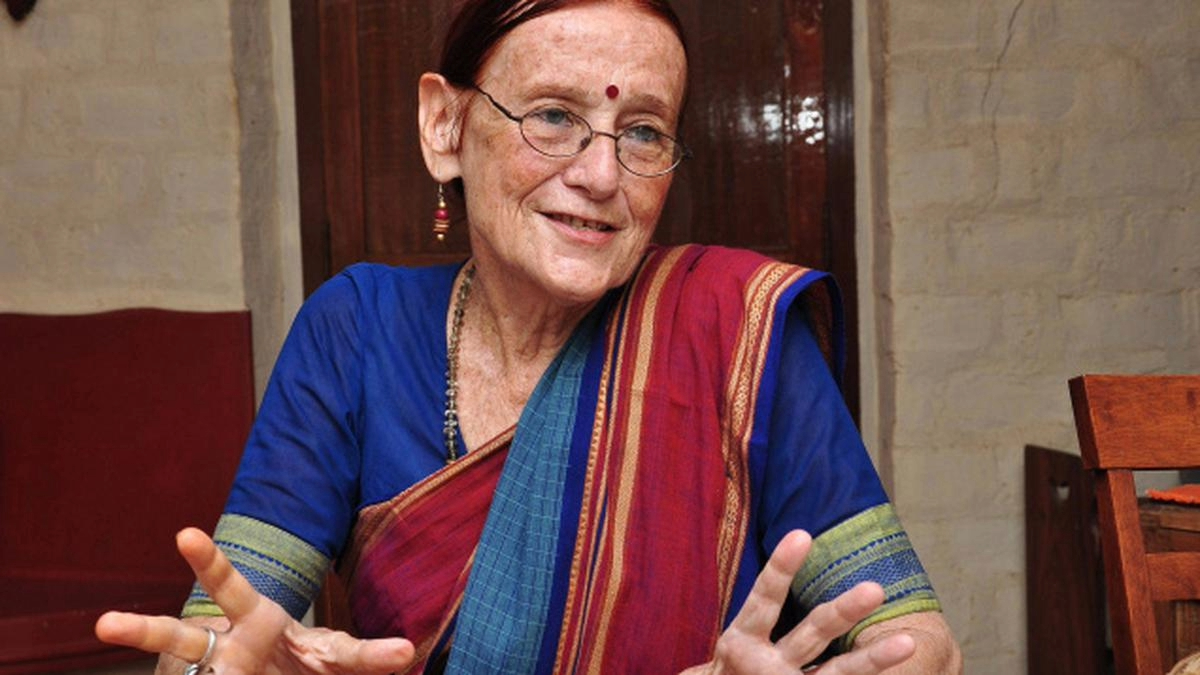
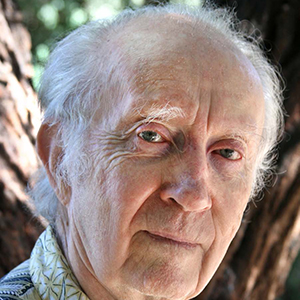

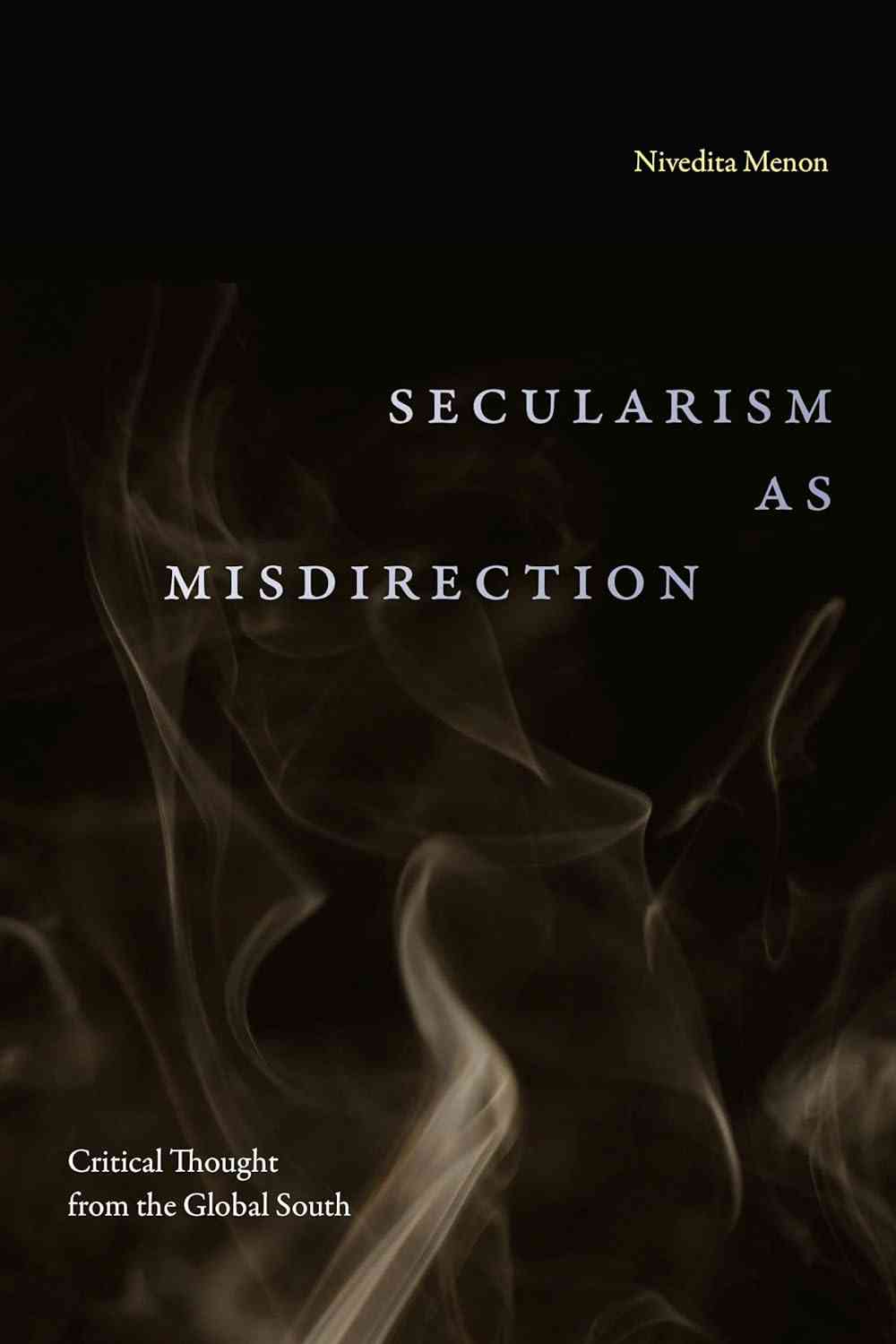

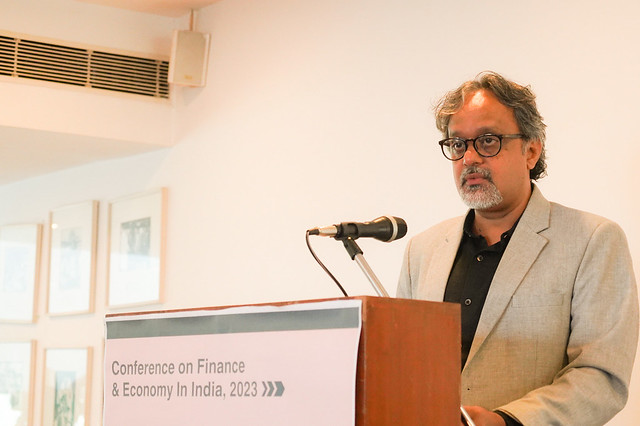


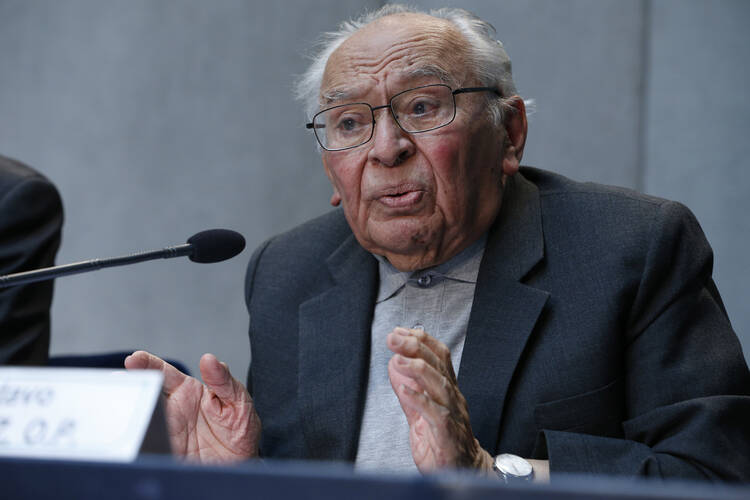

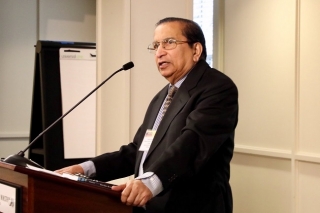


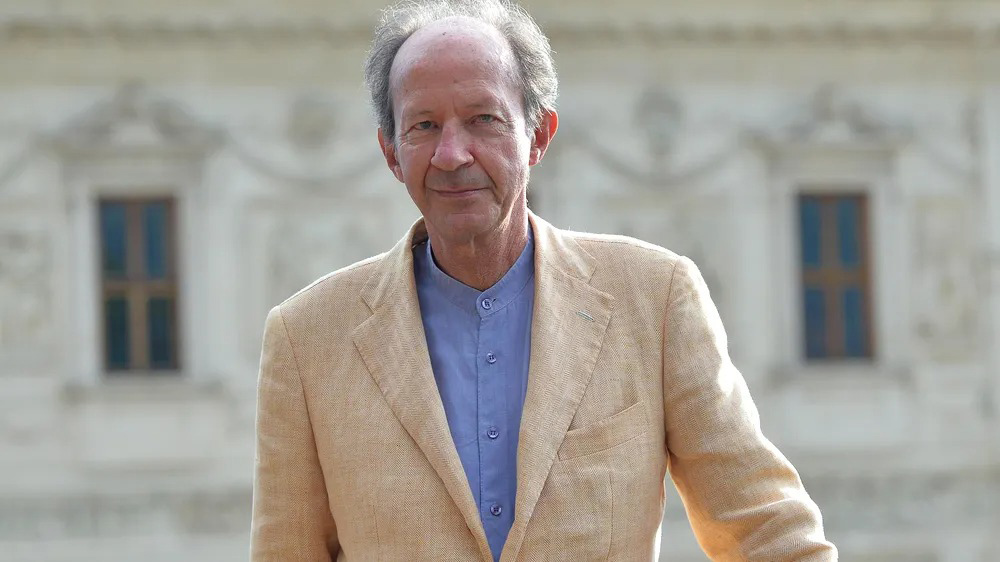

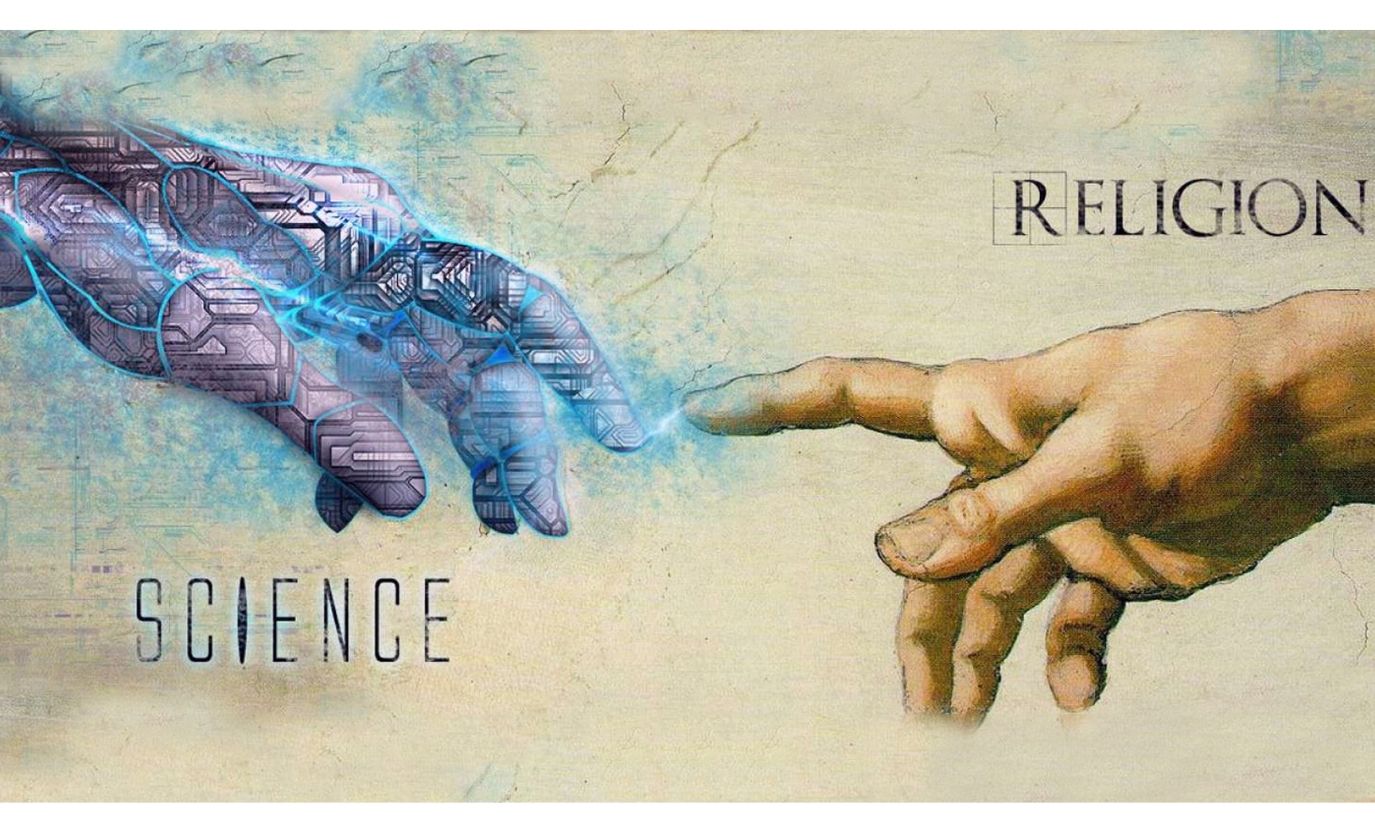
Comments
No Comments